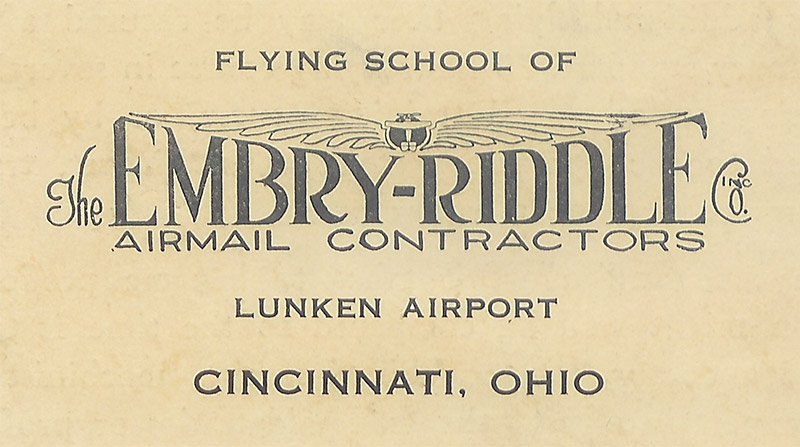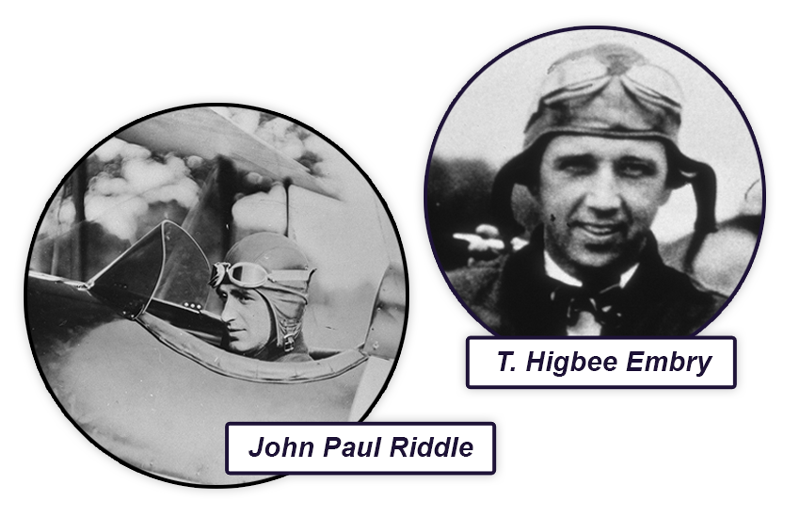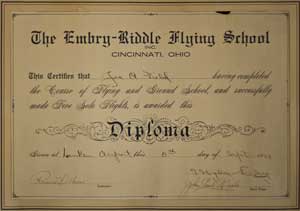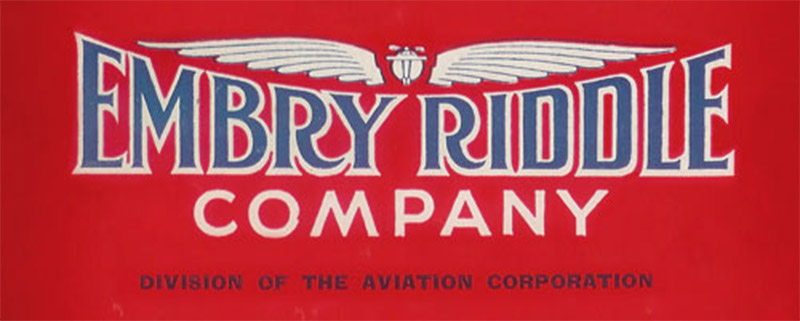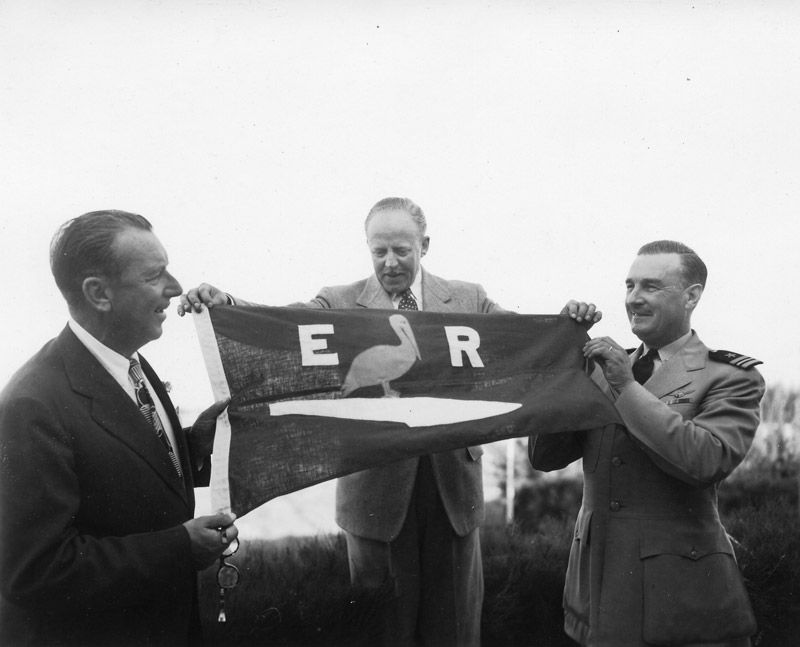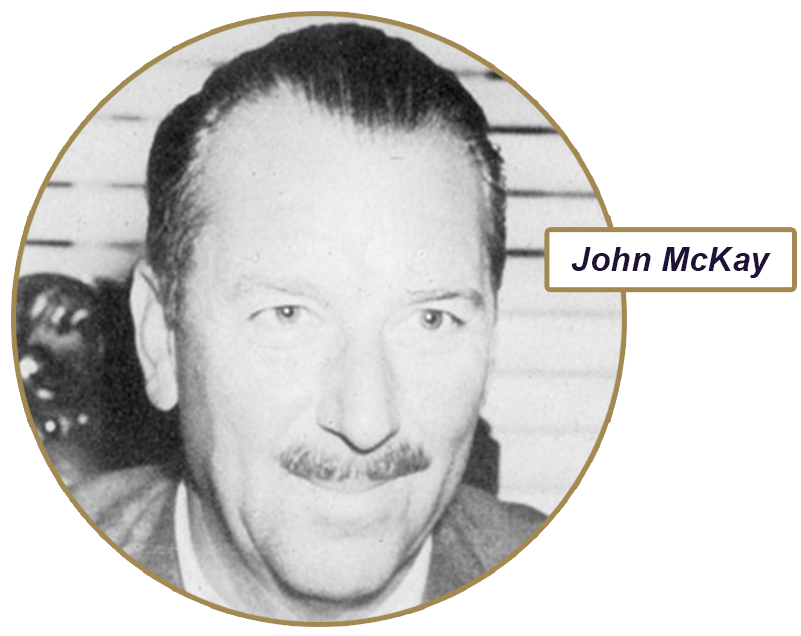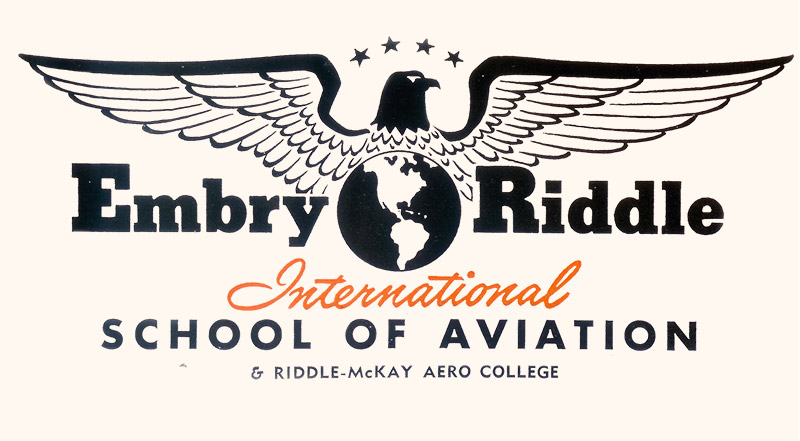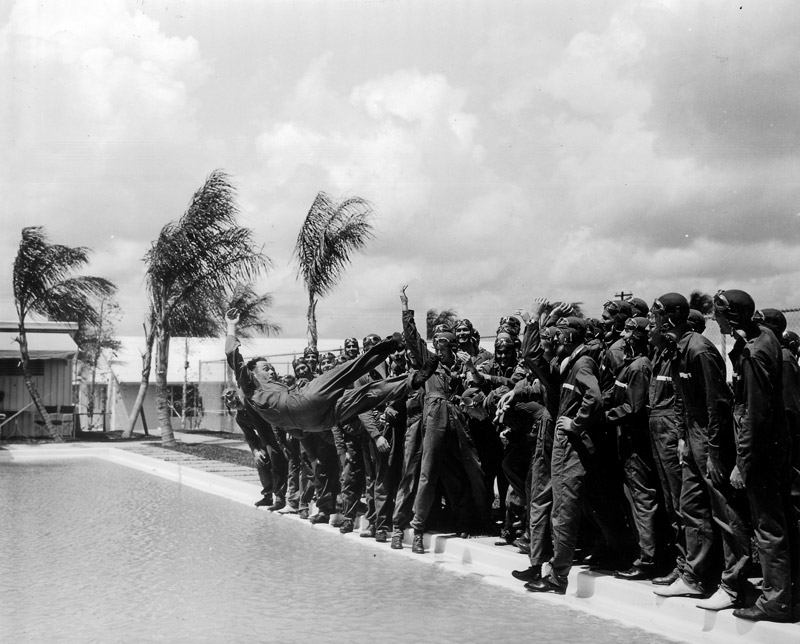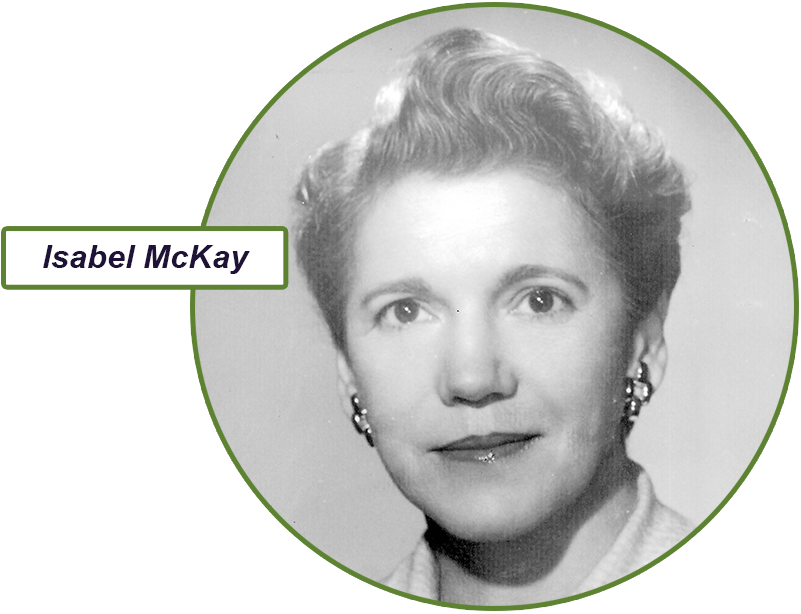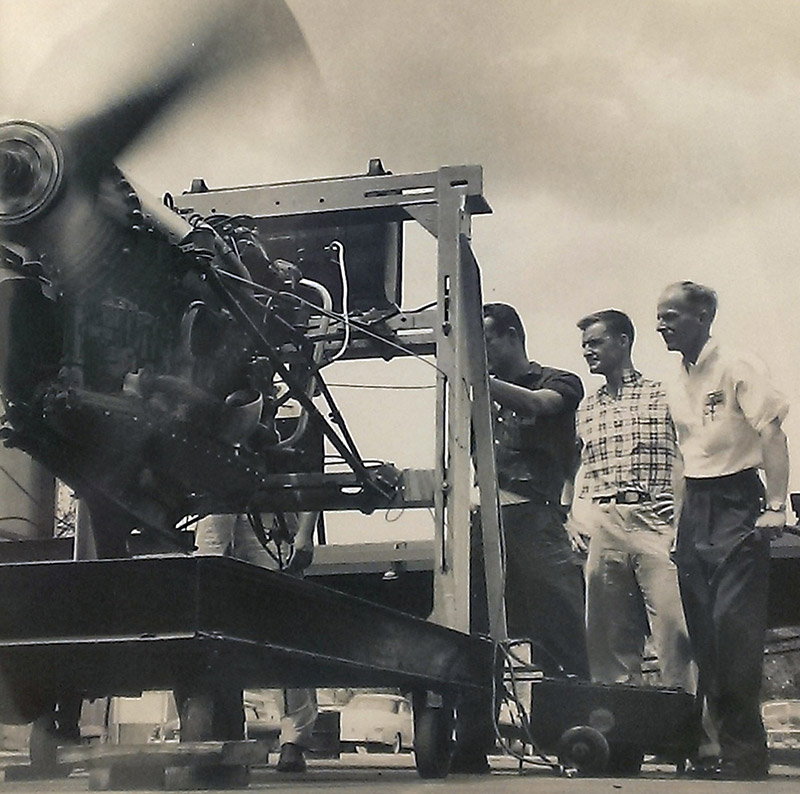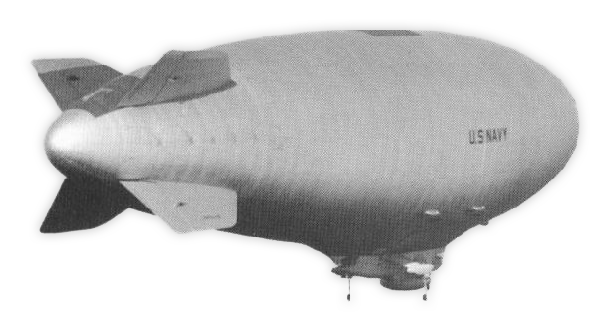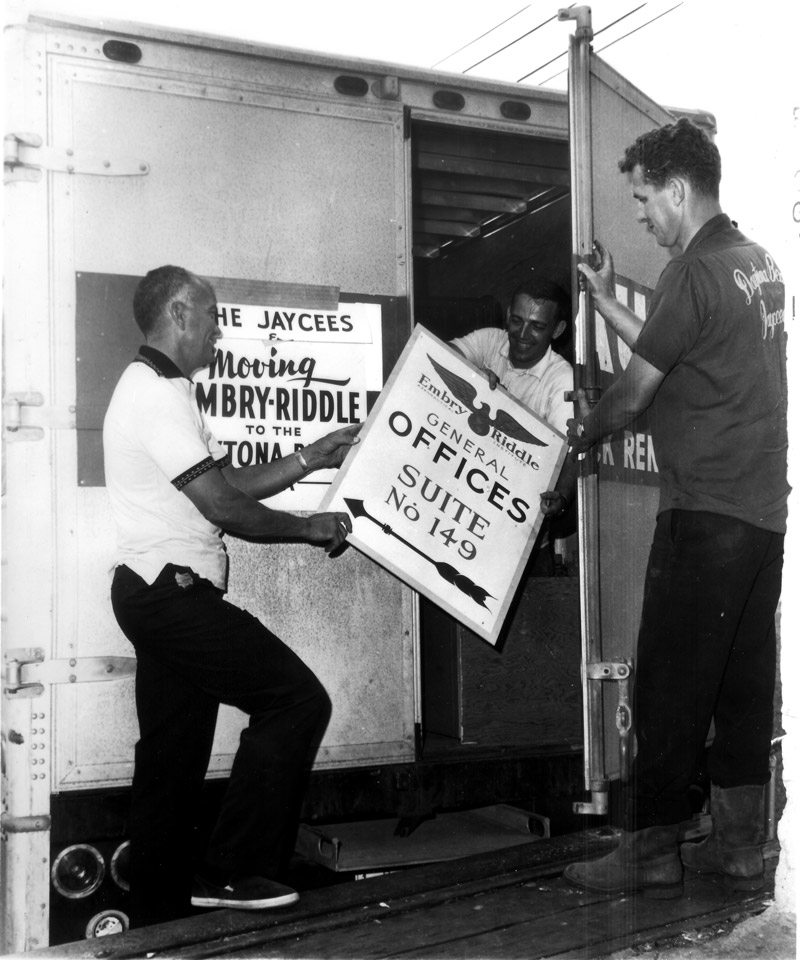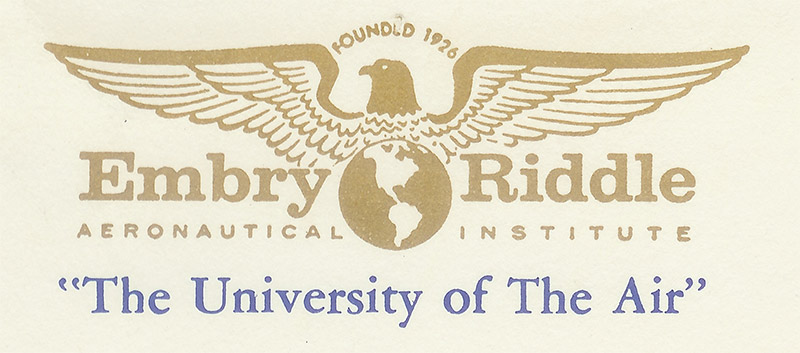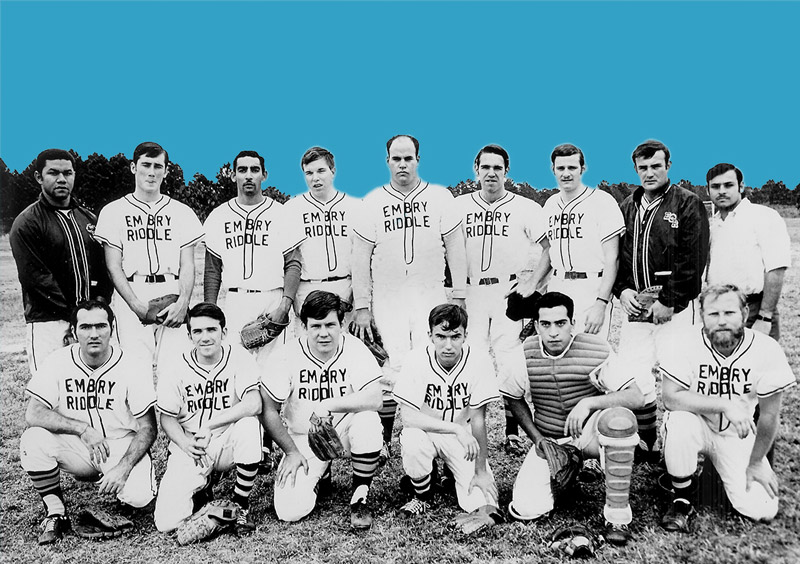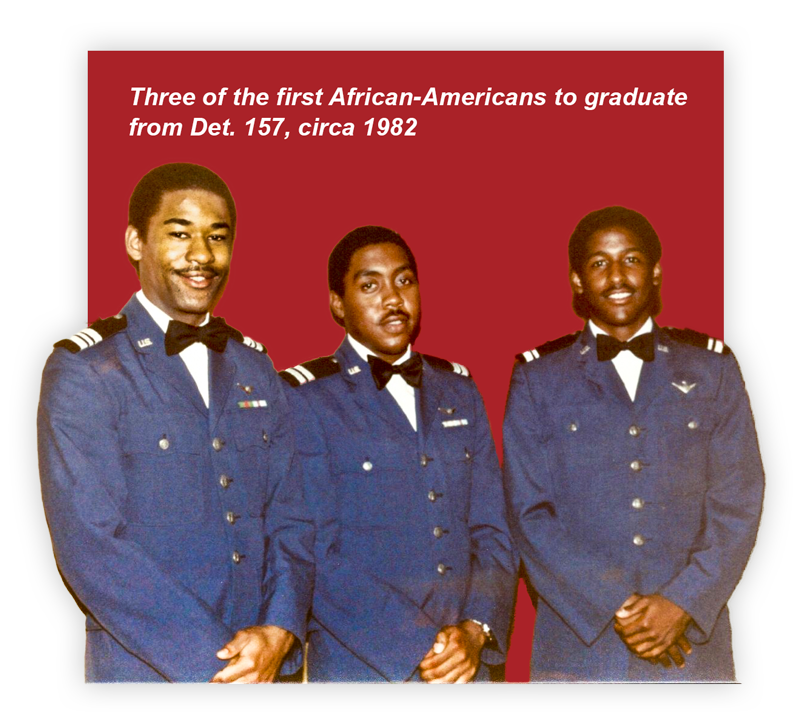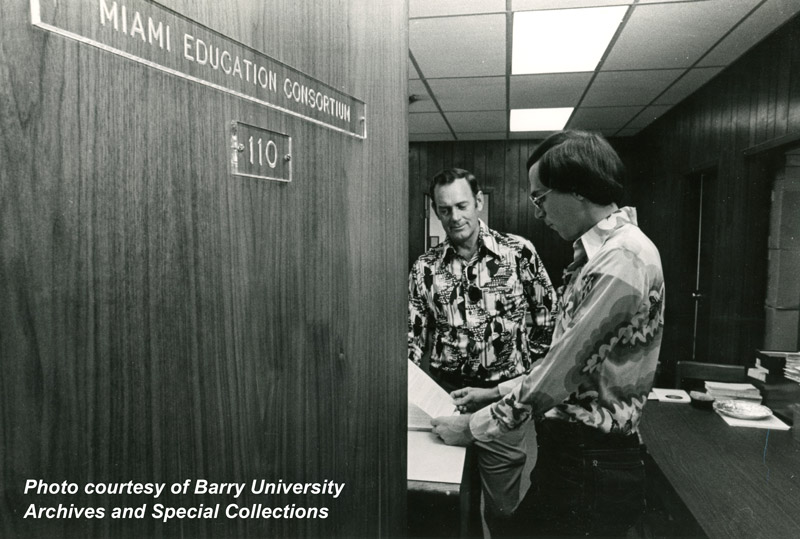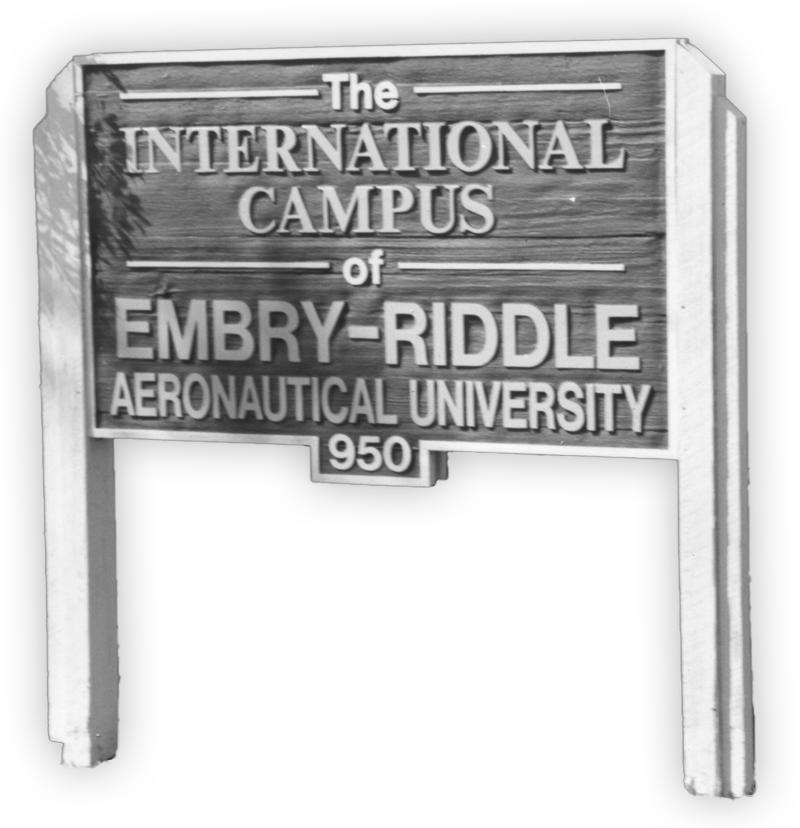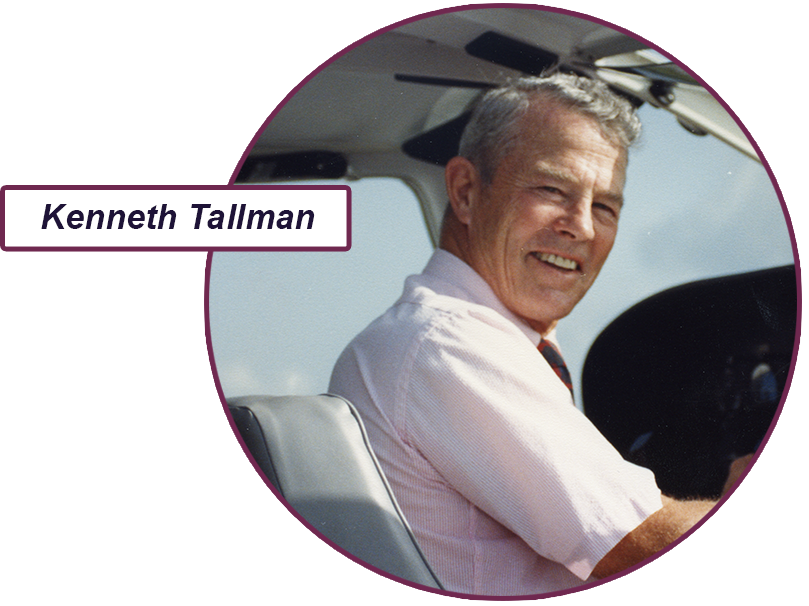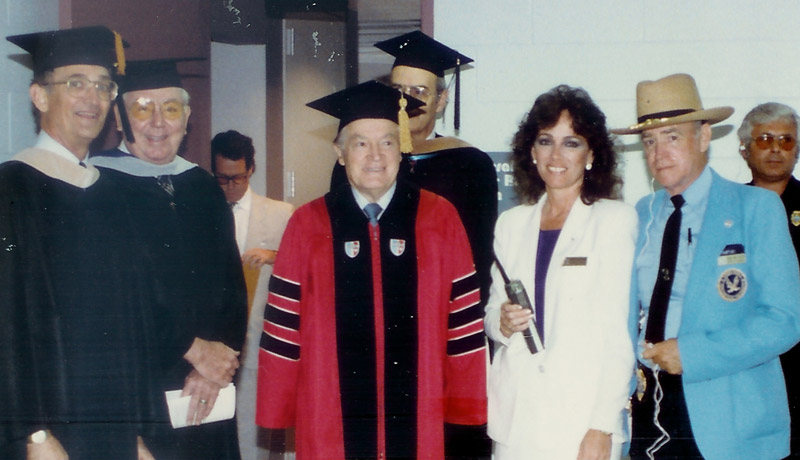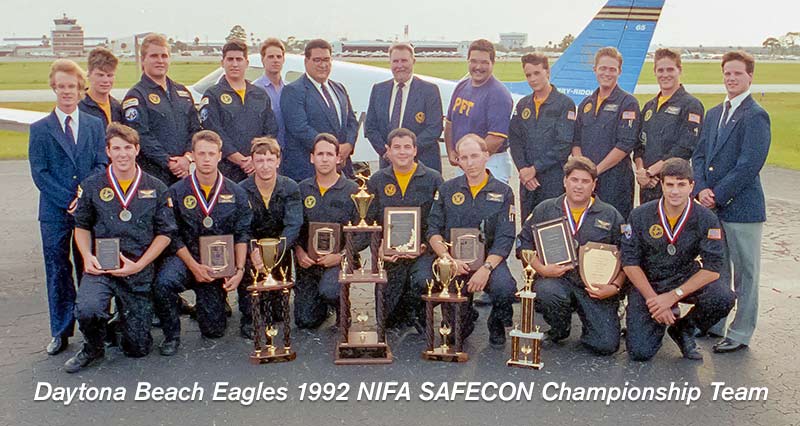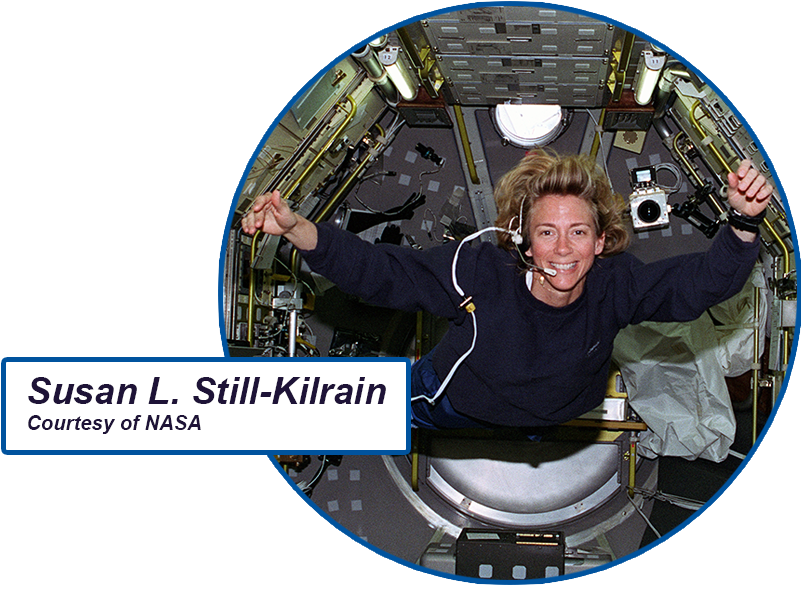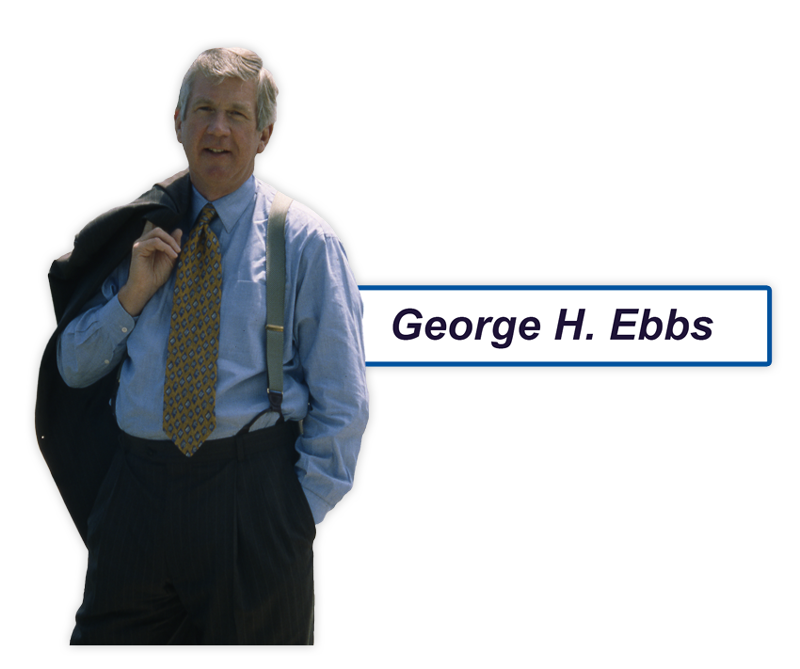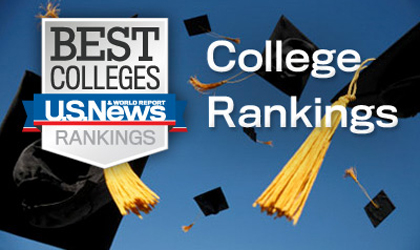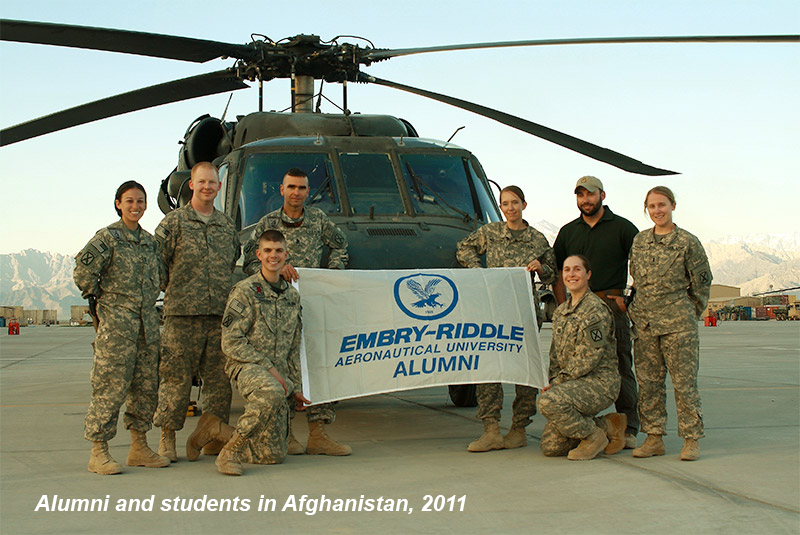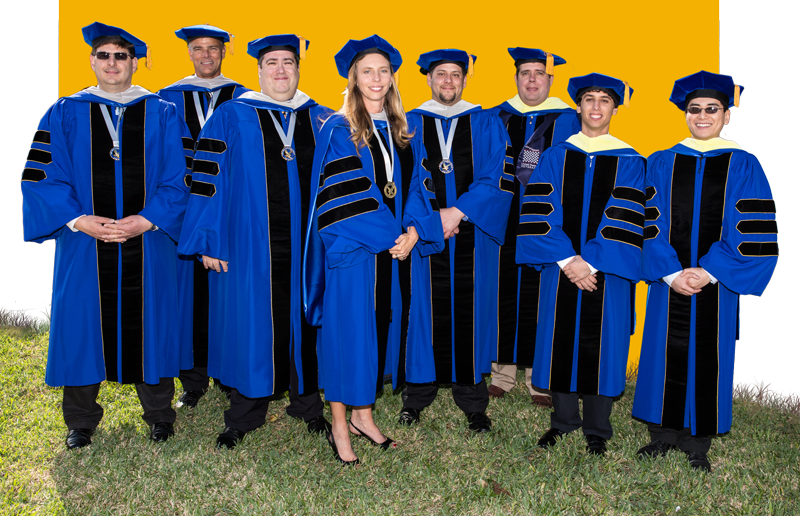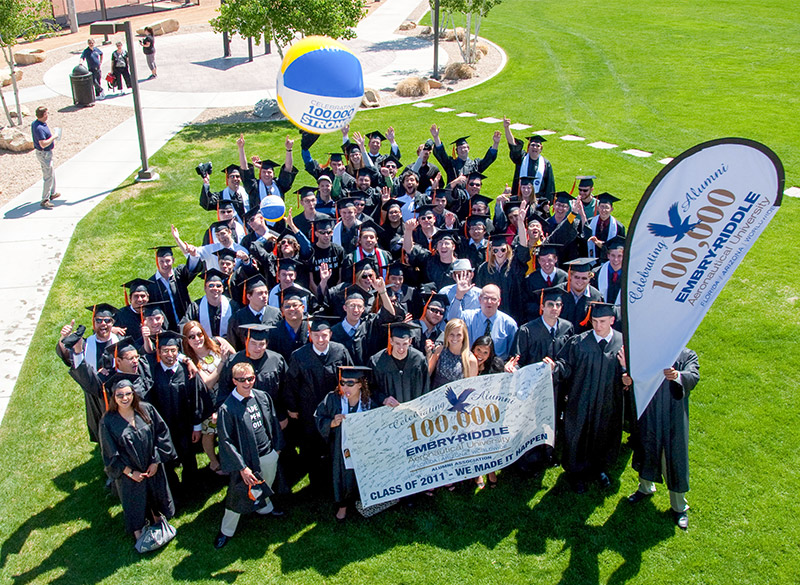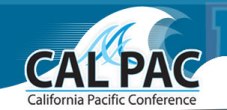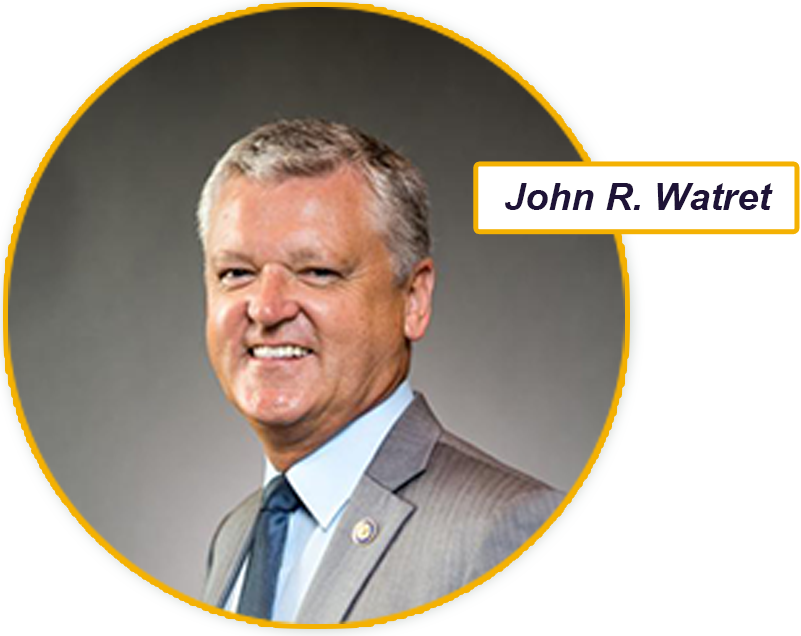


Today, Embry-Riddle Aeronautical University is synonymous with aviation and aerospace around the world. But it wasn’t always that way. What began in 1926 with a businessman, a barnstormer and a small WACO aircraft on a modest airstrip in southern Ohio would take decades of ups and downs before soaring to become the world’s leader in aviation and aerospace education. As we celebrate Embry-Riddle’s 90th Anniversary, here are the key moments that show you how we made it happen.
Look for the footprints icon  throughout the timeline for information on Embry-Riddle’s expanding facilities footprint.
throughout the timeline for information on Embry-Riddle’s expanding facilities footprint.
The ERA of U:
It’s Your Time to Reminisce
Visit ERAU 90 to share your memories of Embry-Riddle and to view others.
Oral Histories
Operation Bootstrap | A Vision for a Western Campus | Jack Hunt Era | National Championship Relived
Commencement Ceremony Archive
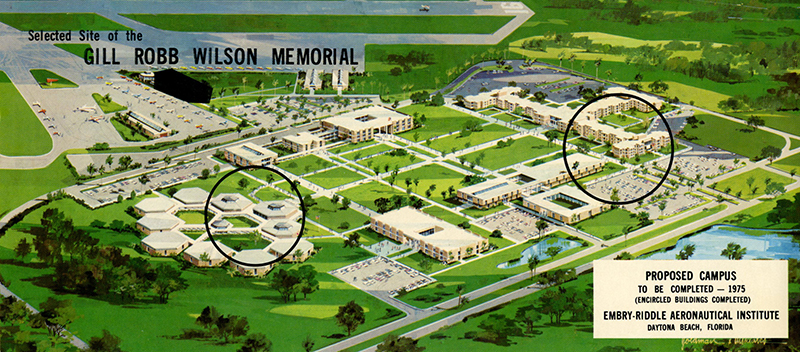
1966
President Jack Hunt announces a 10-year building program to accommodate 6,000 students at the Daytona Beach Campus.
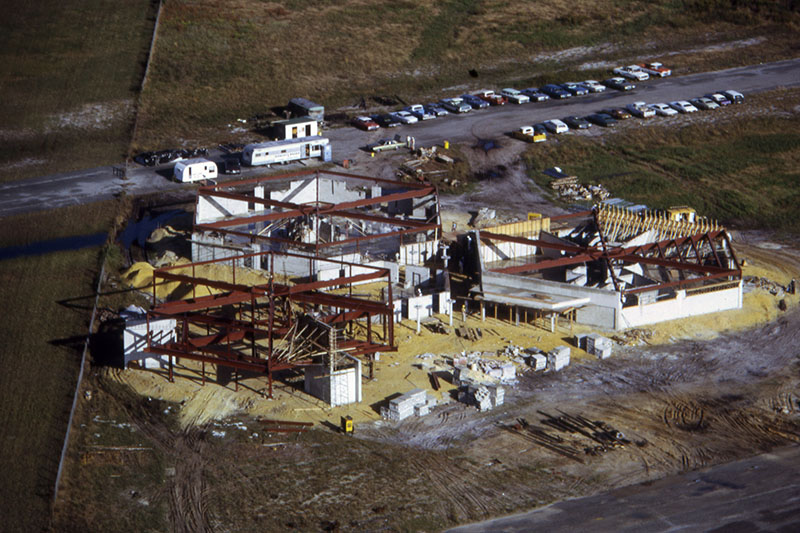
Aug. 9, 1968
The cornerstone for the new $1.4 million Lindbergh Academic Complex (later called Alphabet Soup) is laid at the Daytona Beach Campus. Construction of buildings A, B, C, E, W, the annexes and offices is completed by 1980 (59,613 square feet). The buildings are demolished in 2012 to make way for construction of the new College of Arts & Sciences building.
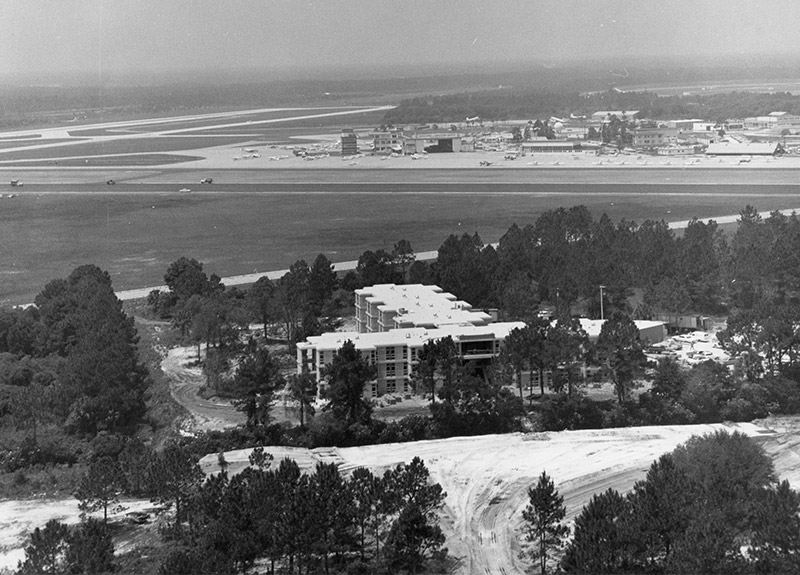
1968
Doolittle Hall, the first brick and mortar building to be built on the Daytona Beach Campus, is erected (62,325 square feet).
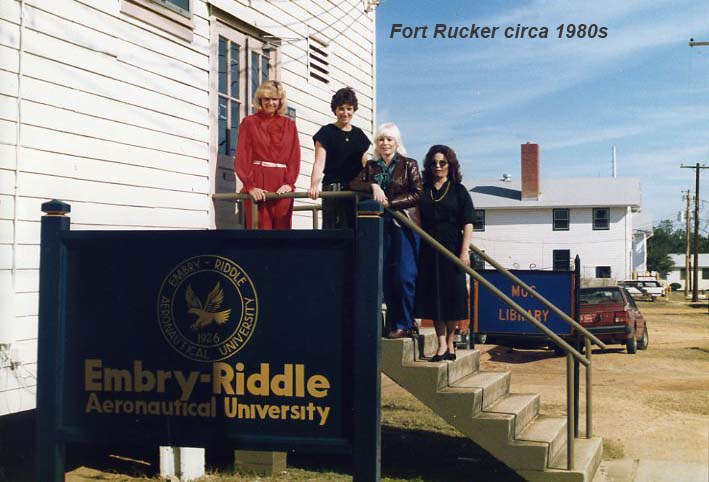
July 6, 1970
The first Residence Center, the precursor to today’s Worldwide Campus, is established at the U.S. Army Aviation Center in Fort Rucker, Ala.
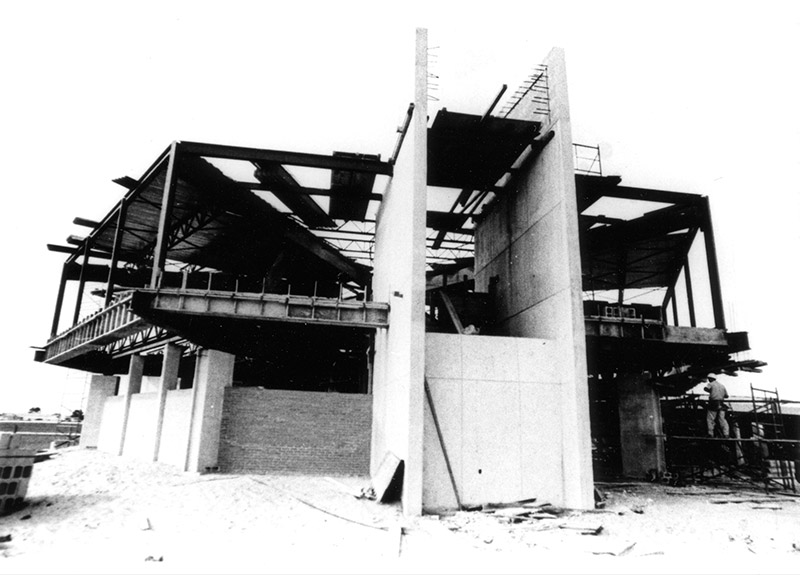
1971
The Gill Robb Wilson Flight Center is constructed at the Daytona Beach Campus (29,687 square feet). It is demolished in 2009 and replaced by the new Hagedorn Aviation Complex.
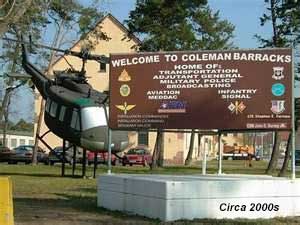
Oct. 29, 1973
The first European Residence Center opens at the U.S. Army installation in Mannheim (Coleman Barracks), Germany.
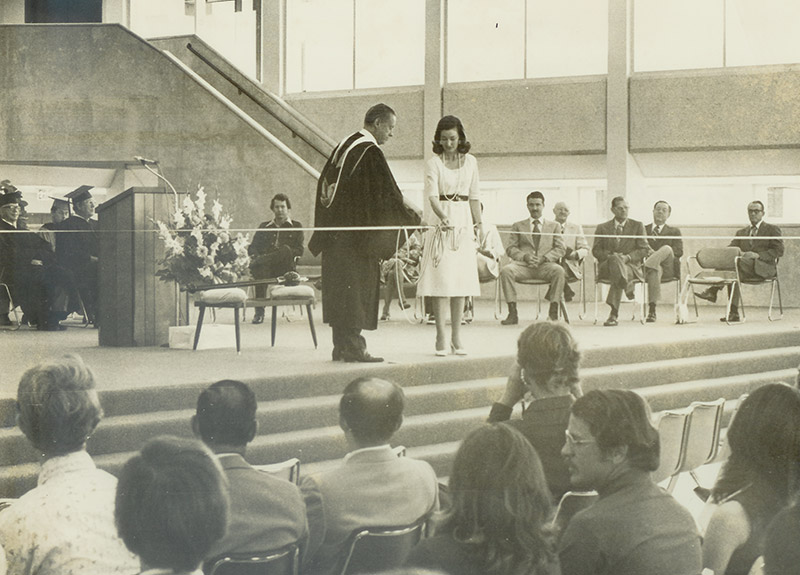
1975
Construction starts on the $2 million John Paul Riddle University Center (completed in 1975; 84,133 square feet); and the Gill Robb Wilson Aeronautical Science aircraft parking ramp is completed.
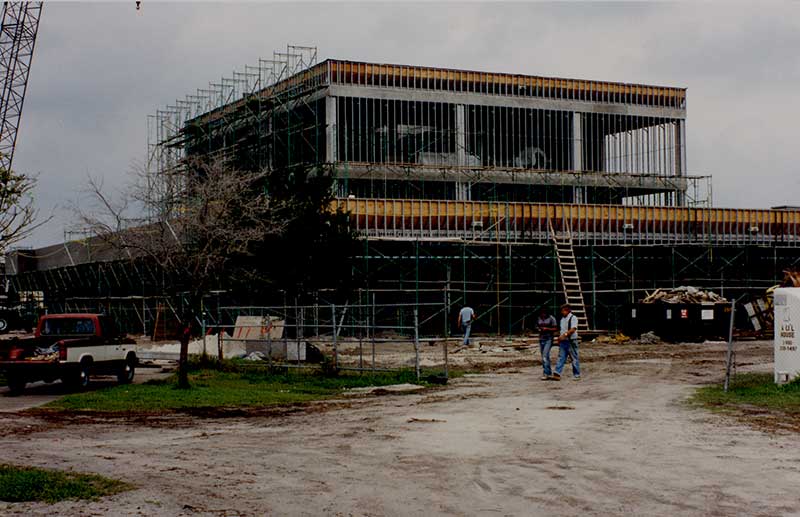
1984
The Jack R. Hunt Memorial Library opens (47,368 square feet). It is demolished in July 2015 to make way for a new comprehensive library and student union (expected completion 2017).
See Next Steps December 2017.
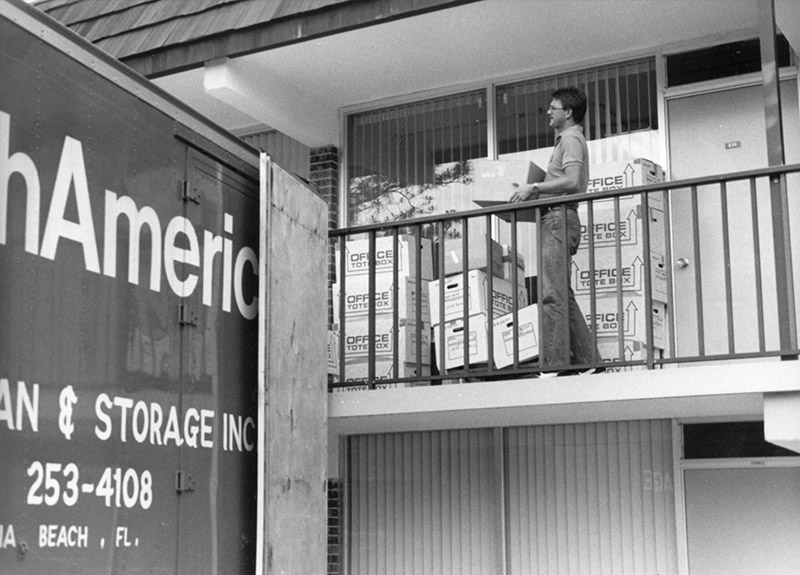
1986
The International Campus moves its offices from Bunnell, Fla., to 948 N. Williamson Boulevard in Daytona Beach. After several subsequent moves, the offices settled in 2009 at 2379 Beville Road in Daytona Beach, the current location of Embry-Riddle's Worldwide Campus Headquarters.
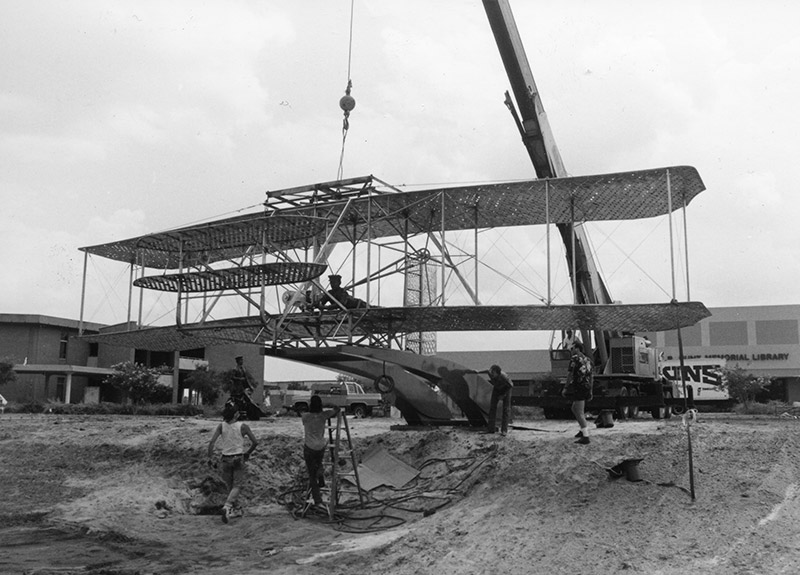
1989
The Wright Flyer sculpture is erected at the Daytona Beach Campus.
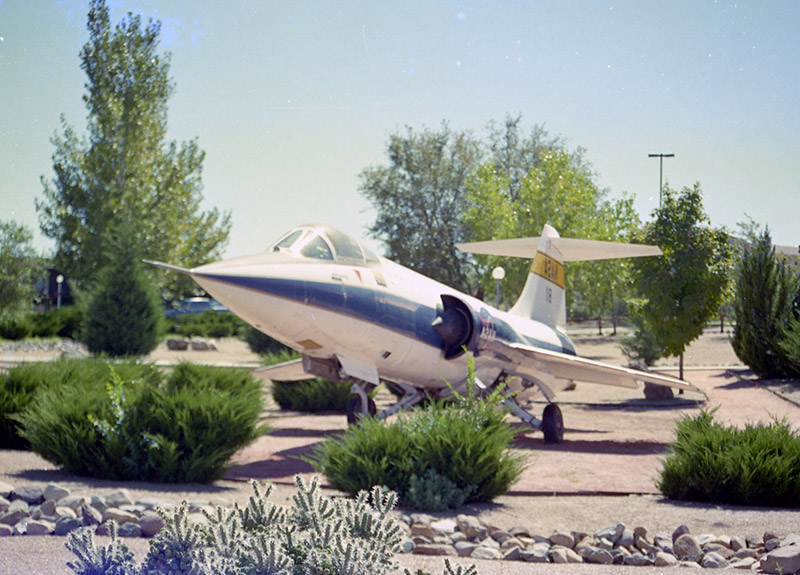
1990
NASA donates Lockheed F-104 Starfighter No. 811 to the Prescott Campus.
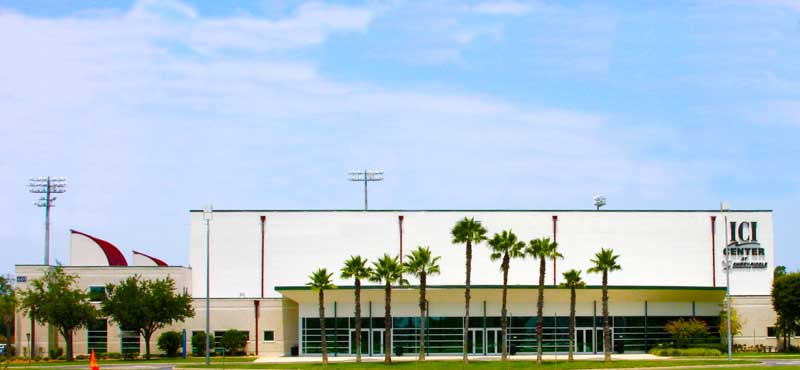
1995
The ICI Center/Field House is constructed (67,559 square feet) at the Daytona Beach Campus.
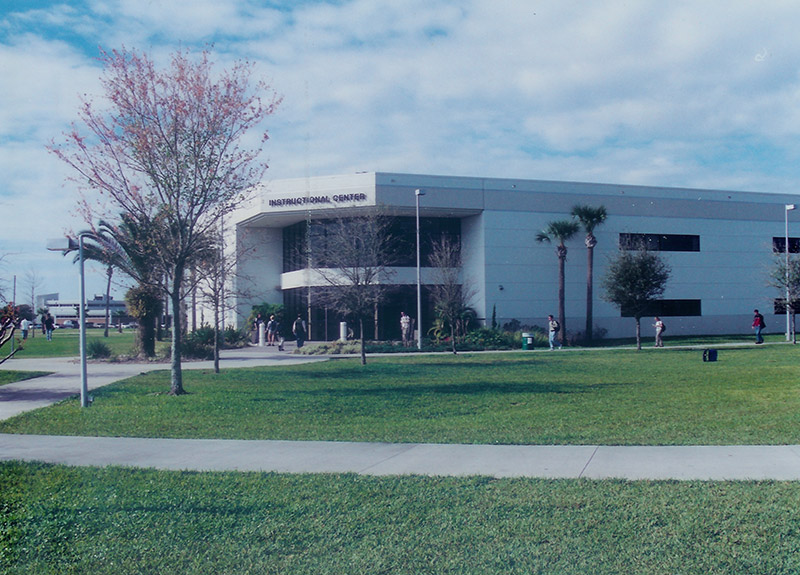
1995
The Capt. Willie Miller Instructional Center opens (20,415 square feet) at the Daytona Beach Campus.
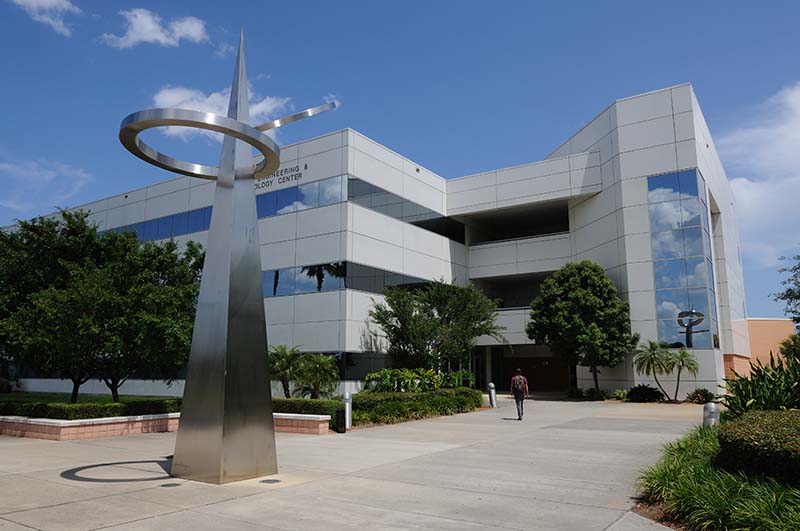
1995
The Lehman Engineering and Technology Center is built at the Daytona Beach Campus (127,706 square feet).
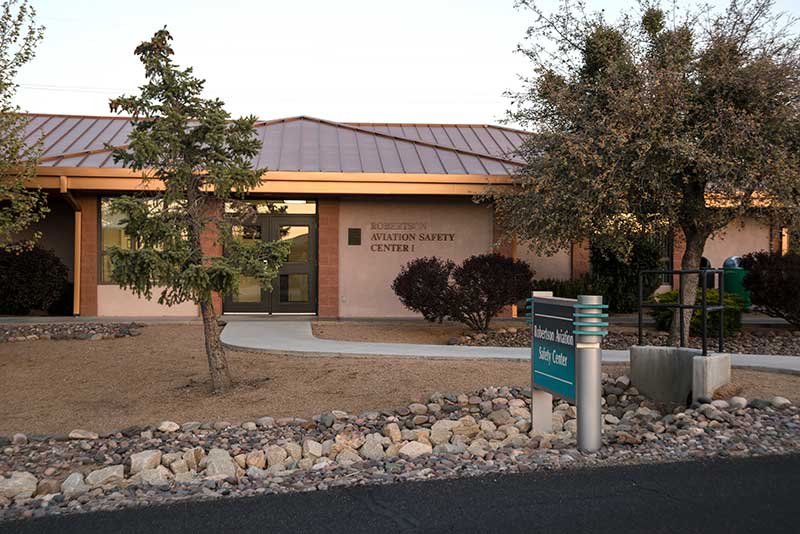
1995
Robertson Aviation Safety Center is constructed at the Prescott Campus (7,255 square feet).
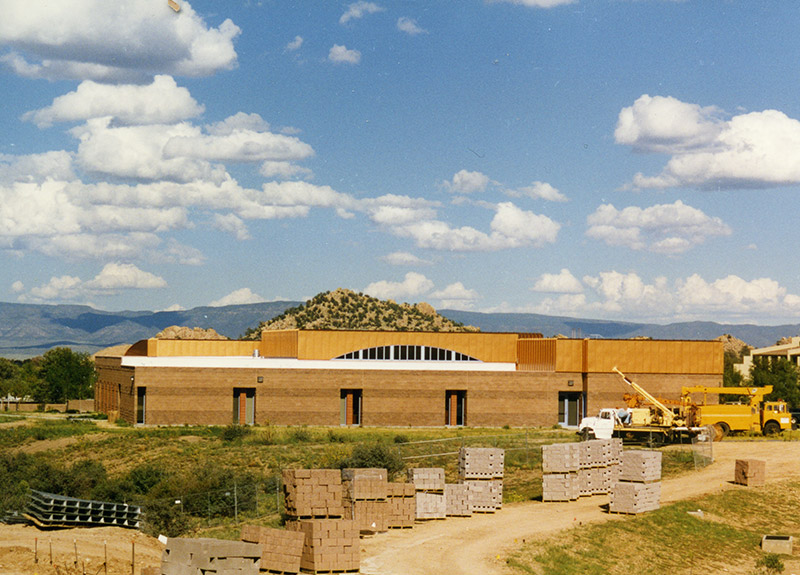
1995
The King Engineering and Technology Center opens at the Prescott Campus (20,156 square feet).

1998
The Villages Residence Hall (Juniper, Manzanita, Saguaro and The Dells) is built at the Prescott Campus (64,813 square feet).
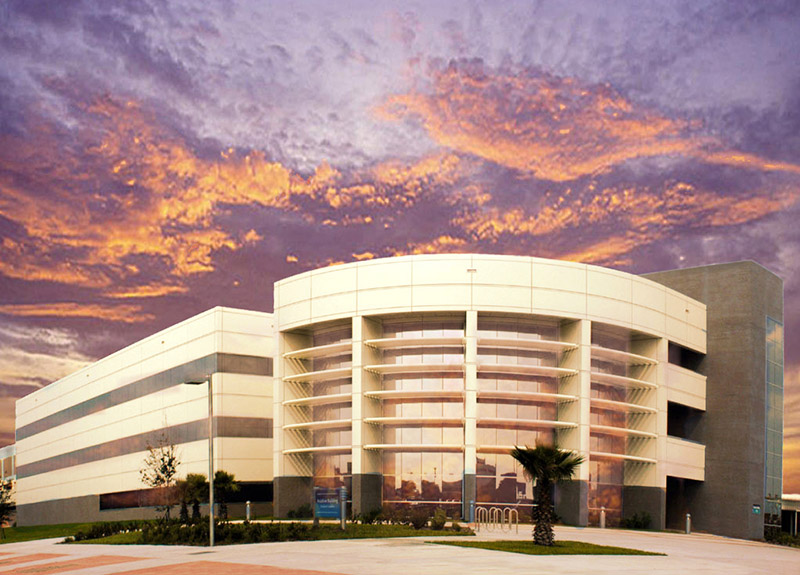
2002
The College of Aviation building at the Daytona Beach Campus is built (75,313 square feet).

2004
The Spirit Rock is installed at the Daytona Beach Campus.

2005
Academic Complex 1 is constructed at the Prescott Campus (48,000 square feet).

2006
Prescott Campus’ Visitor Center/Administration building opens (13,028 square feet).
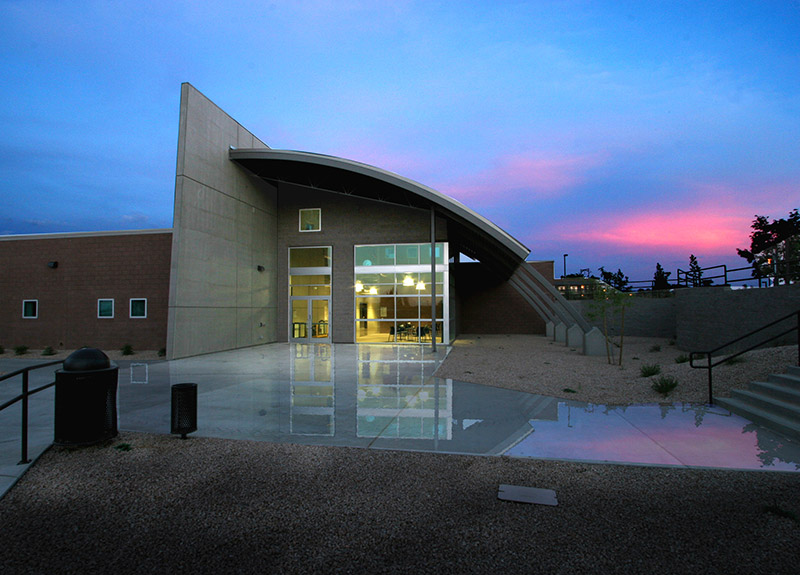
2006
The Aerospace Experimentation and Fabrication building is built at the Prescott Campus (22,486 square feet).
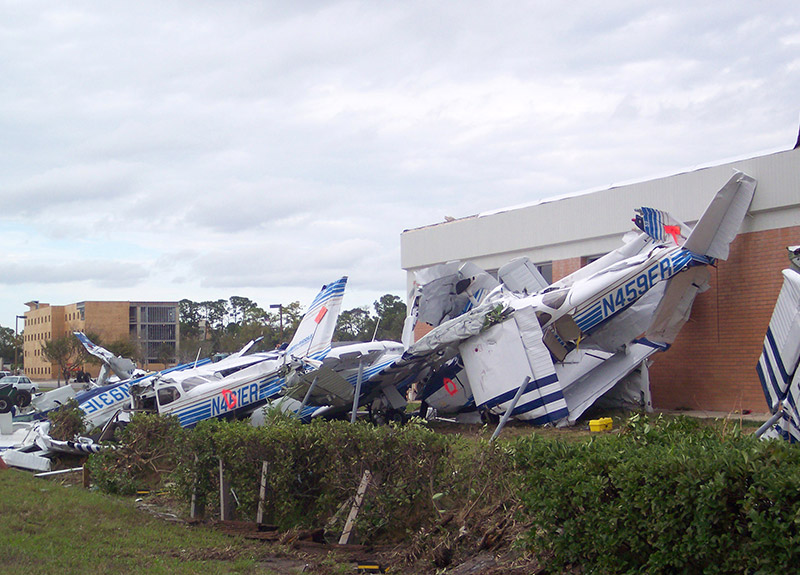
Dec. 25, 2006
A tornado strikes the Daytona Beach Campus, leveling the aircraft maintenance hangar, damaging Spruance Hall, the main administration building, beyond repair, and inflicting minor damage on three other campus structures. Additionally, 40 training aircraft—two-thirds of the fleet—are destroyed. The total damage is $50 million. The administration, faculty and staff rallied, however, and the spring 2007 semester was delayed by only six days.
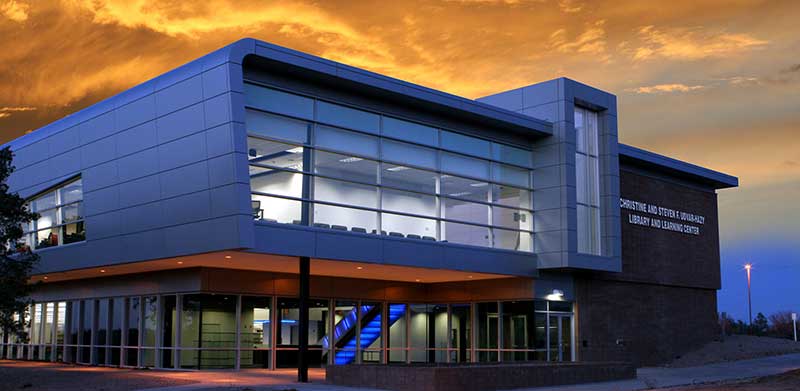
2008
The Chris and Steven F. Udvar-Hazy Library and Learning Center opens at the Prescott Campus (35,711 square feet).
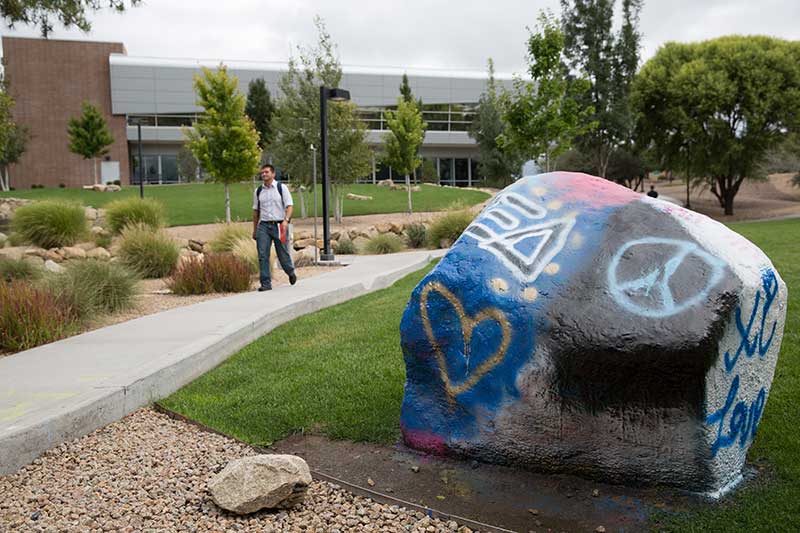
2008
The Spirit Rock at the Prescott Campus is installed.

2008
The College of Business building at the Daytona Beach Campus is constructed (57,090 square feet).
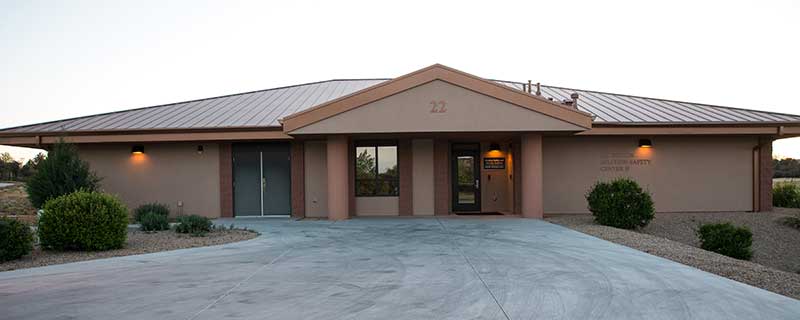
2009
Robertson Aviation Safety Center II – Aviation Archives opens (4,948 square feet).
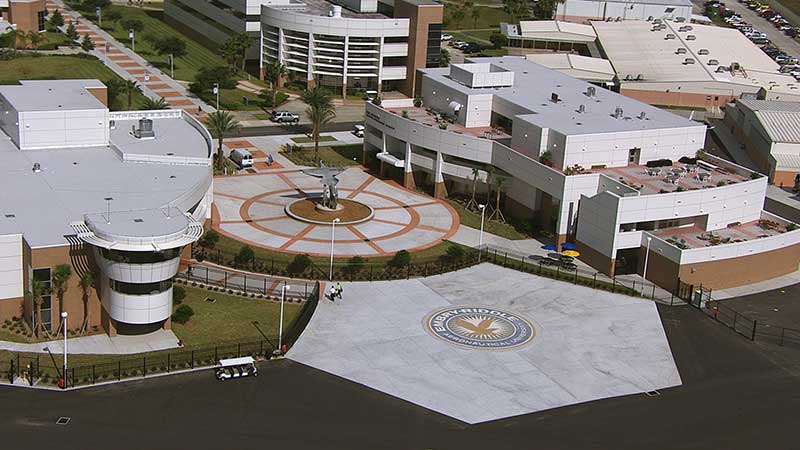
2011
The Hagedorn Aviation Complex, which includes a Flight Operations Center (33,850 square feet), the Emil Buehler Aviation Maintenance Science building (48,680 square feet) and the Sam Goldman Fleet Maintenance Hangar (15,020), opens at the Daytona Beach Campus.
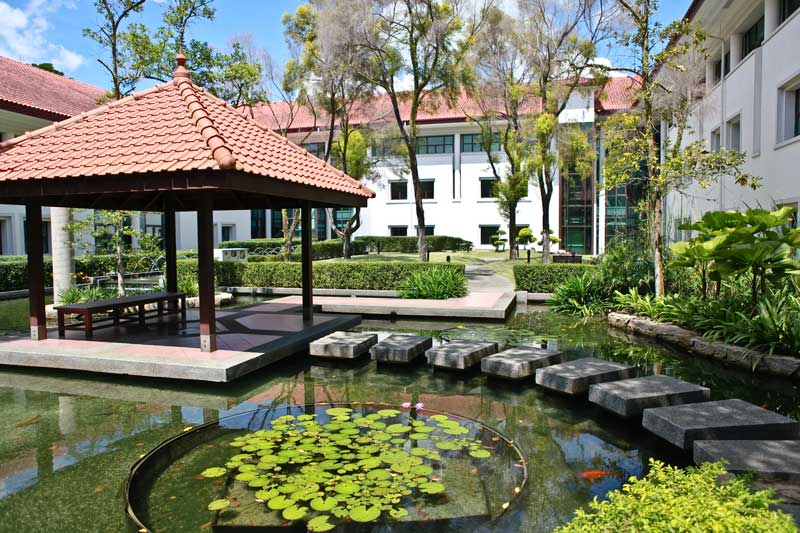
2011
Embry-Riddle’s Worldwide Campus in Asia opens in Singapore.
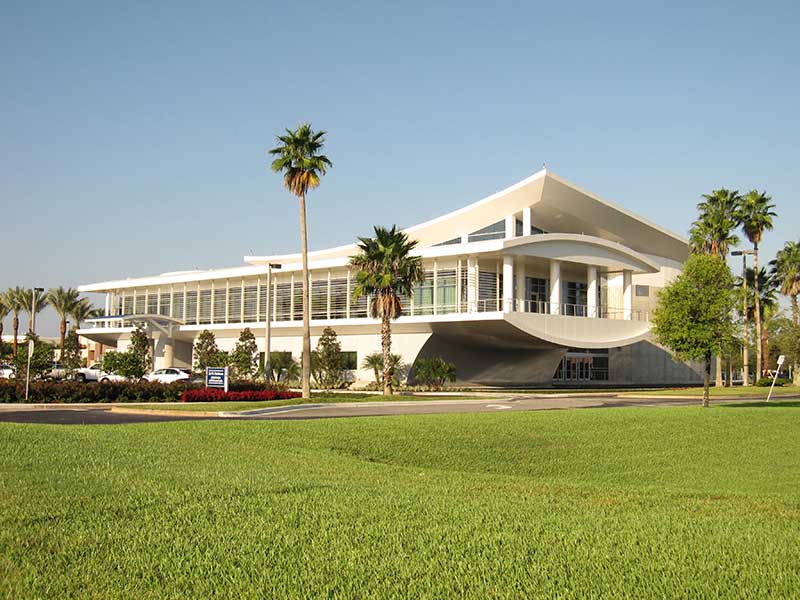
2012
The Jim W. Henderson Administration and Welcome Center is constructed at the Daytona Beach Campus (37,454 square feet).
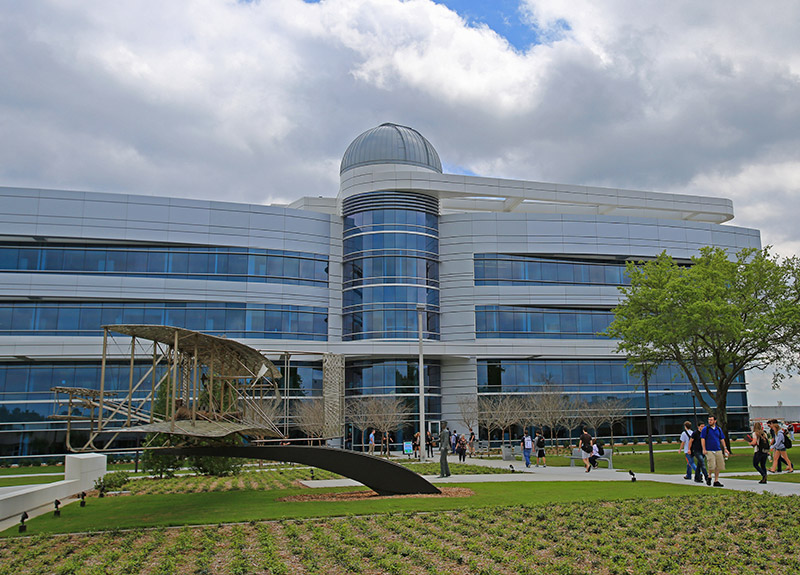
2014
The College of Arts & Sciences Building, complete with the largest university research telescope in the state of Florida, opens at the Daytona Beach Campus (140,000 square feet).
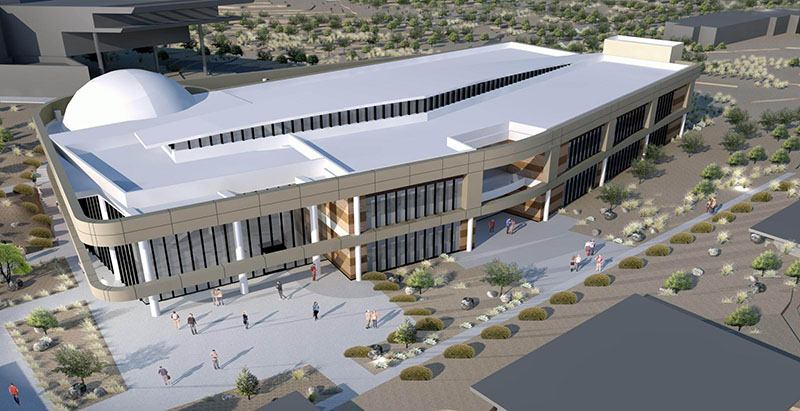
Fall 2017
Proposed rendering of the STEM Education Center.
February 2017
Proposed rendering of the Advanced Aerodynamics Lab.
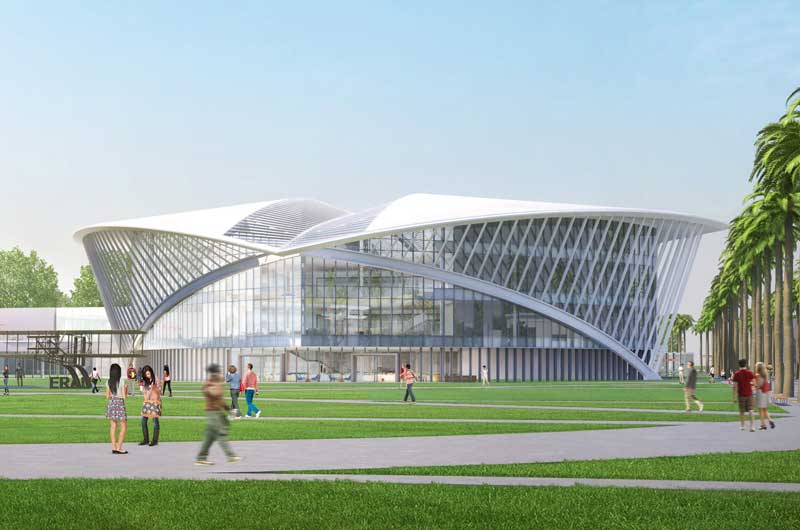
December 2017
Proposed rendering of Student Union and Library building.

